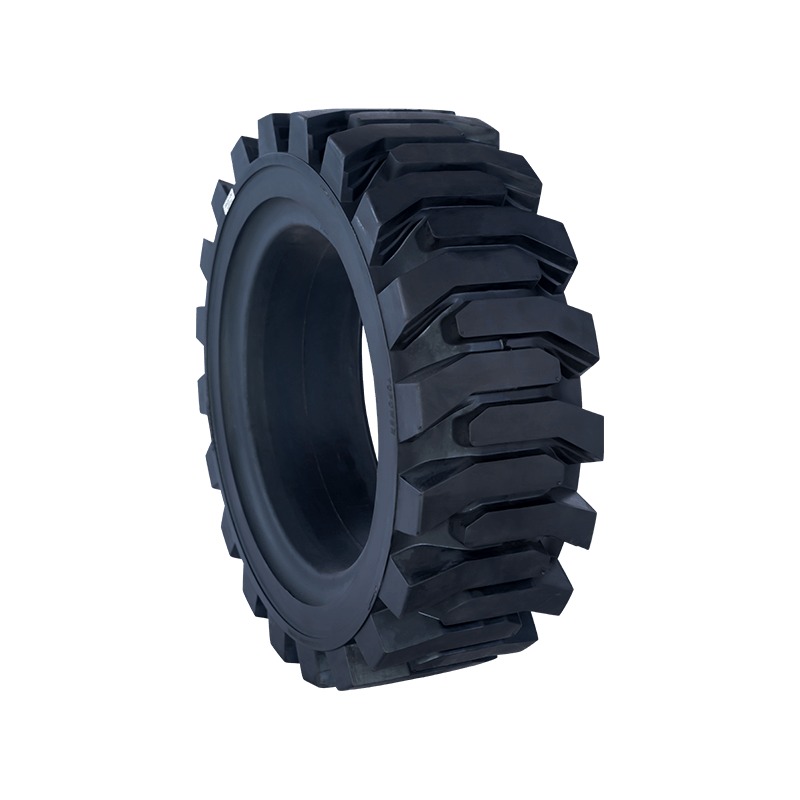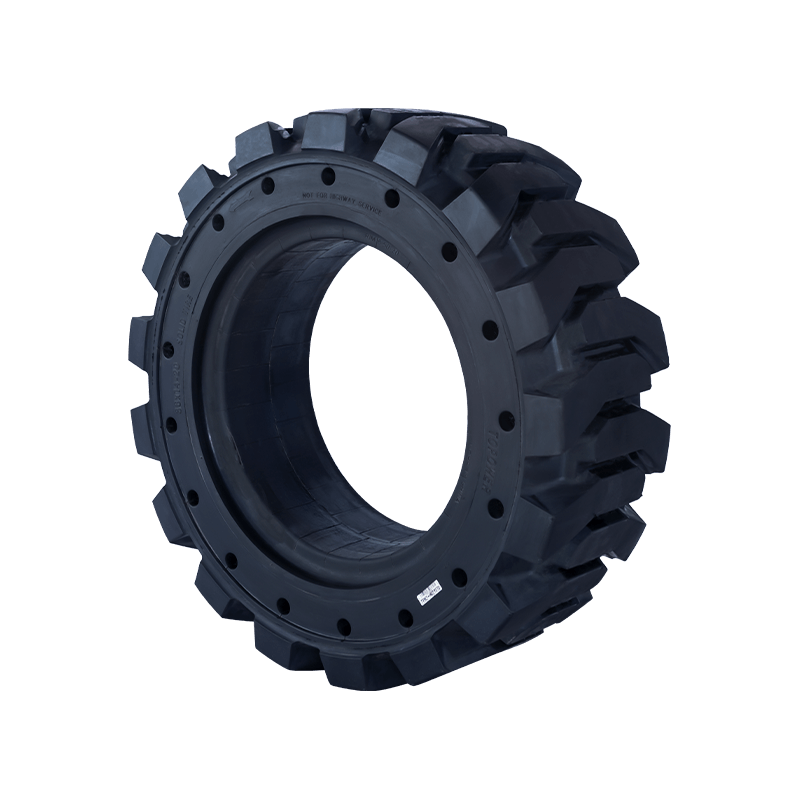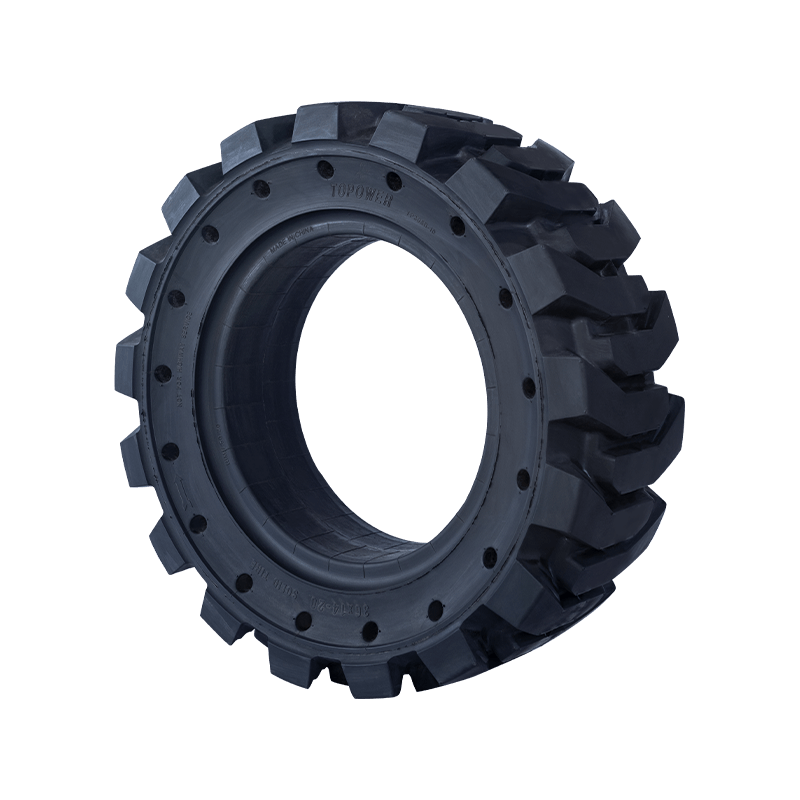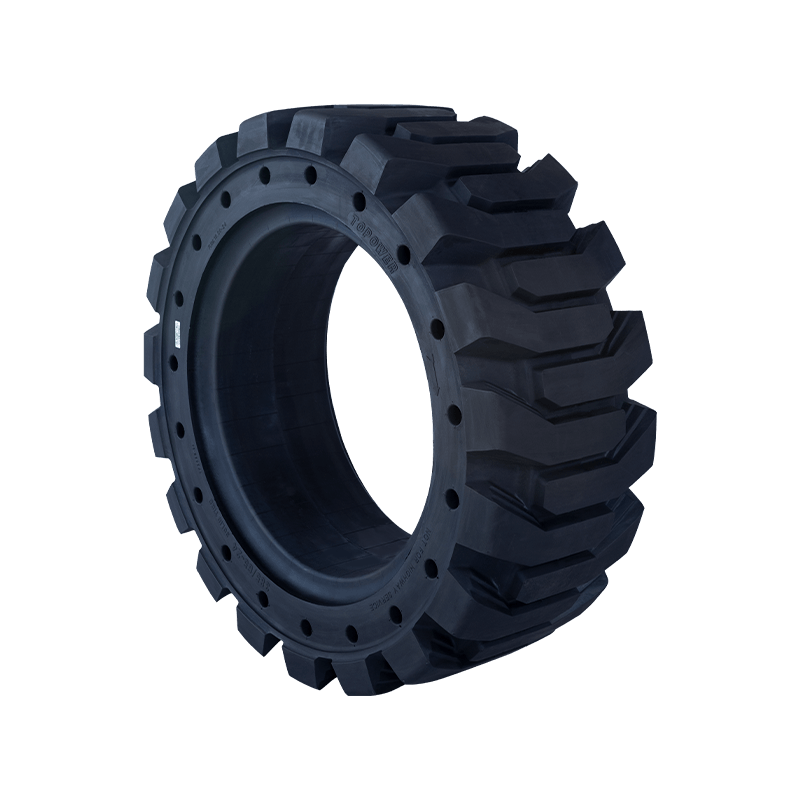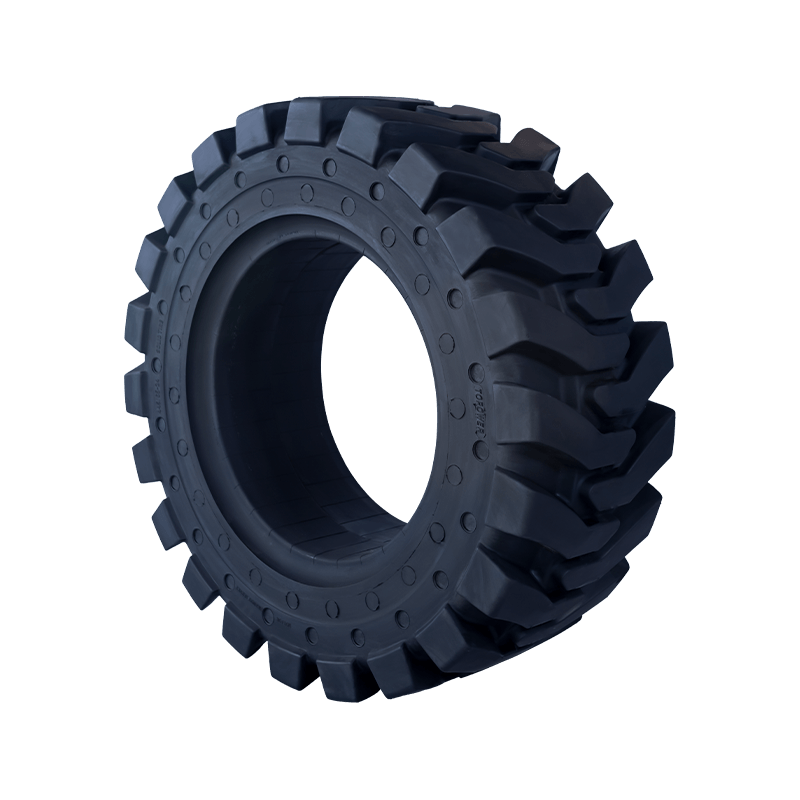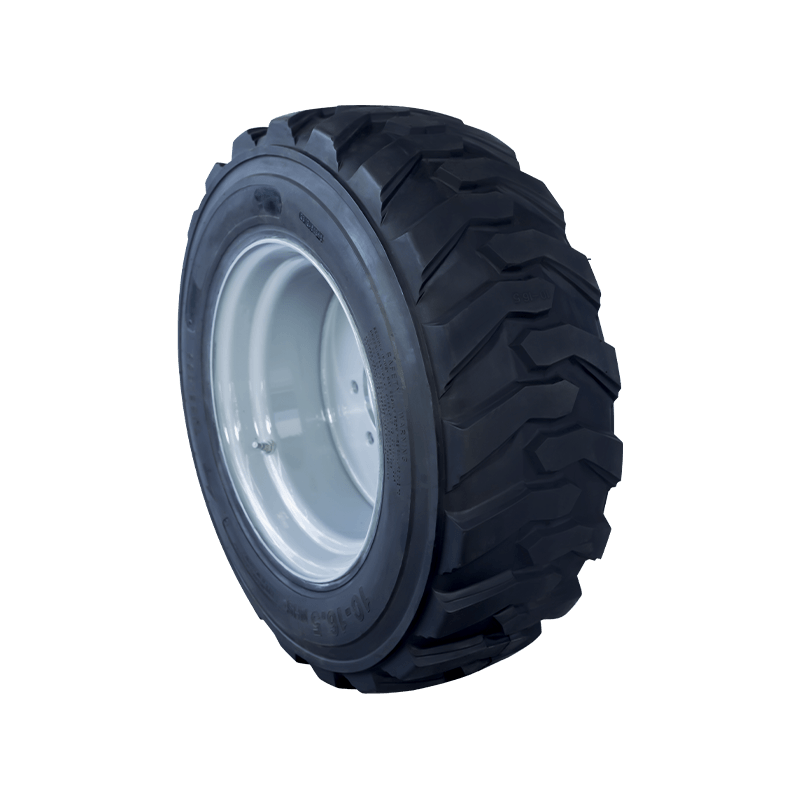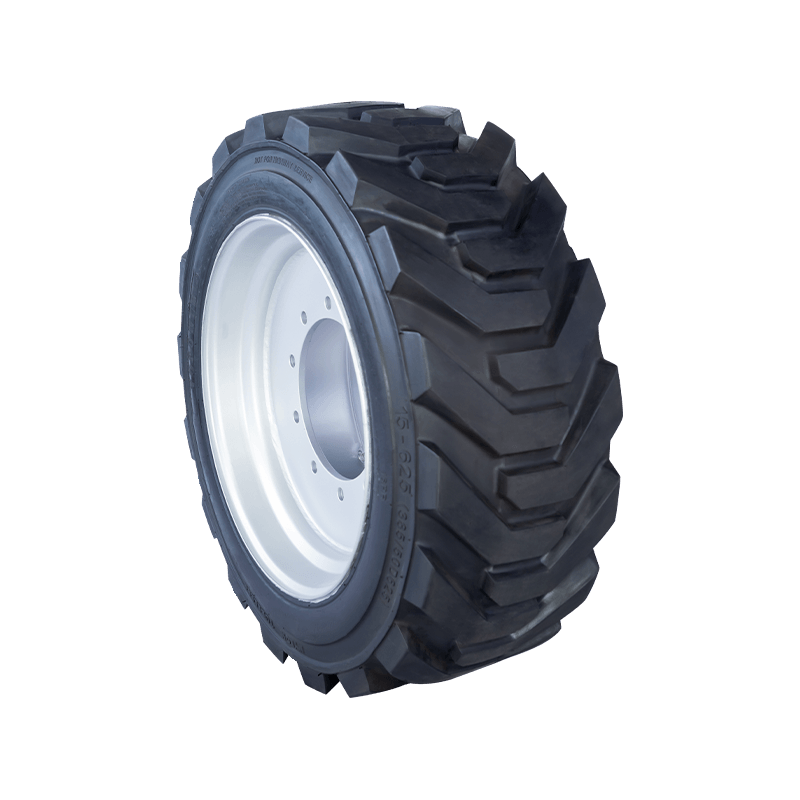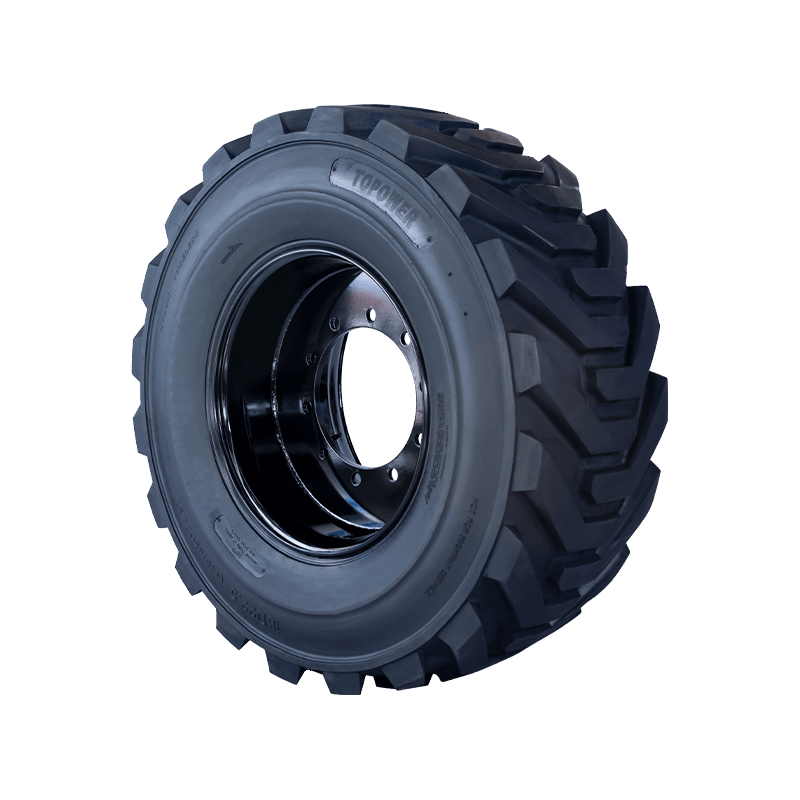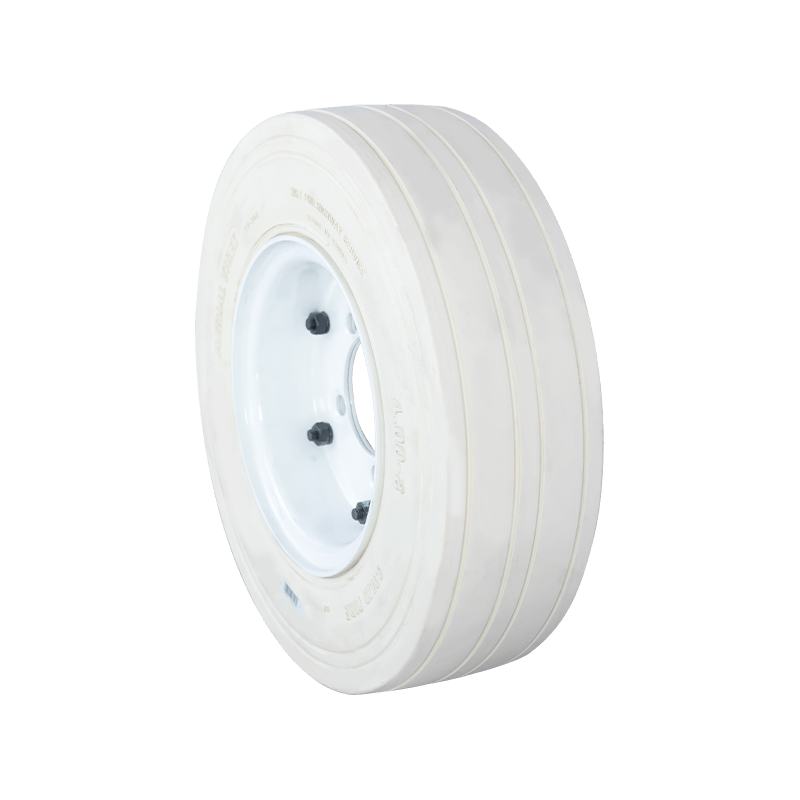In the demanding world of logistics, construction, and heavy industrial operations, a flat tire isn't just an inconvenience—it’s a costly crisis. With razor-thin margins dictating success, asset managers are constantly seeking technologies that guarantee uptime and productivity. Enter the advanced PU Foam Filled Tyre, a game-changing solution designed to deliver the resilience of solid tires with the performance characteristics of pneumatics, completely eliminating the risk of flats forever.
The debate surrounding industrial tire selection has traditionally pitted air-filled pneumatics (great ride, high puncture risk) against solid rubber tires (zero flats, harsh ride). The modern PU Foam Filled Tyre, leveraging sophisticated polymer technology, effectively resolves this historic trade-off, presenting itself as the definitive choice for environments where debris is constant and uptime is non-negotiable.
What is a PU Foam Filled Tyre?
A PU Foam Filled Tyre starts life as a conventional heavy-duty pneumatic tire—the kind appreciated for its deep treads and superior off-road traction. The crucial difference lies in its core. Instead of being inflated with pressurized air, the cavity is injected with a specialized liquid polyurethane compound.
This liquid then undergoes a controlled curing process, transforming into a dense, resilient, and non-pressurized synthetic elastomer. Once cured, the tire casing is completely filled with this polymer, creating an internal structure that is impervious to air loss. The result is a Flat-Proof Tyre that maintains the external shape, flexibility, and excellent grip of a pneumatic, while possessing the absolute immunity of a solid tire against punctures from nails, glass, steel shards, and rocks.
Superior Performance Across Rugged Industrial Tires Applications
While solid tires are best confined to smooth indoor surfaces, the PU Foam Filled Tyre offers vastly superior versatility. It inherits the aggressive tread patterns of the pneumatic casing, making it the ideal choice for environments requiring high traction and complex maneuvering.
Comprehensive Tire Comparison: PU Foam vs. Alternatives
The table below provides a quick comparison of how the PU Foam Filled Tyre stacks up against its two primary competitors: the standard air-filled pneumatic and the traditional solid rubber tire.
|
Feature |
PU Foam Filled Tyre |
Standard Pneumatic |
Solid Rubber Tire |
|
Puncture Risk |
Zero (Flat-Proof) |
High (Requires air check/repair) |
Zero (Immunity) |
|
Ride Comfort |
Good (Resilient Foam Cushion) |
Excellent (Air Suspension) |
Poor (Harsh, High Vibration) |
|
Traction/Grip |
Excellent (Pneumatic Tread) |
Excellent (Pneumatic Tread) |
Fair to Good (Less aggressive treads) |
|
Initial Cost |
High (Casing + Filling Service) |
Low |
Moderate |
|
Downtime from Flats |
None (Zero risk) |
High Risk (Unscheduled) |
None (Zero risk) |
Key Industrial Applications:
Construction Sites: Navigating rubble, rebar, and uneven terrain without the fear of punctures that plague regular tires.
Port and Container Handling: Maintaining stability and traction in wet environments while moving massive, heavy loads.
Mining and Quarrying: Standing up to the extremely abrasive and sharp rock fragments encountered daily.
Scrap and Recycling Yards: The ultimate test, where sharp metal debris is unavoidable. The PU Foam Filled Tyre provides reliable puncture-proof mobility where solid tires might fail to offer sufficient grip.
This level of application versatility firmly establishes the PU Foam Filled Tyre as the benchmark for Industrial Tires where both resilience and maneuverability are required.
The Critical Factor of Operator Comfort and Safety
One significant drawback of traditional solid rubber solutions is the harsh ride quality, which transmits excessive vibration to the machine and the operator. This Whole-Body Vibration (WBV) is a known contributor to operator fatigue, musculoskeletal disorders, and decreased productivity over long shifts.
The internal polyurethane foam in a PU Foam Filled Tyre, while dense, is significantly more resilient and flexible than pure rubber compounds used in standard solids. This results in:
Enhanced Shock Absorption: The foam acts as a robust shock absorber, significantly dampening the jolts and impacts experienced when traversing bumps, expansion joints, and uneven surfaces.
Improved Operator Comfort: A better ride reduces physical strain, leading to higher levels of alertness, better focus, and decreased risk of accidents caused by fatigue.
When investing in a fleet, the return on investment (ROI) must account for operator well-being. By opting for Polyurethane Foam Filled Tires, companies are investing not only in tire longevity but also in worker health and safety.
Long-Term Ownership and Heat Management
While the initial cost of obtaining a PU Foam Filled Tyre (the casing plus the filling service) is higher than that of a standard pneumatic, the long-term TCO is often significantly lower. This is due to the complete elimination of flat-related labor, lost operational time, and the extended service life.
However, heat management is an important operational consideration. Because the foam acts as an insulator, heat generated during high-speed, continuous use can build up within the tire structure. Fleet managers must assess their duty cycles:
Standard Duty (Intermittent): For most warehouse and yard operations involving stop-start travel, the heat buildup is negligible and the PU Foam Filled Tyre performs excellently.
Severe Duty (Continuous, High Speed): For applications that require extended travel over long distances at high speeds (e.g., cross-site transportation), managers must consult tire specialists to ensure the foam compound chosen is appropriate, or consider alternative solutions designed specifically for high-heat environments.

 English
English русский
русский Español
Español عربى
عربى




